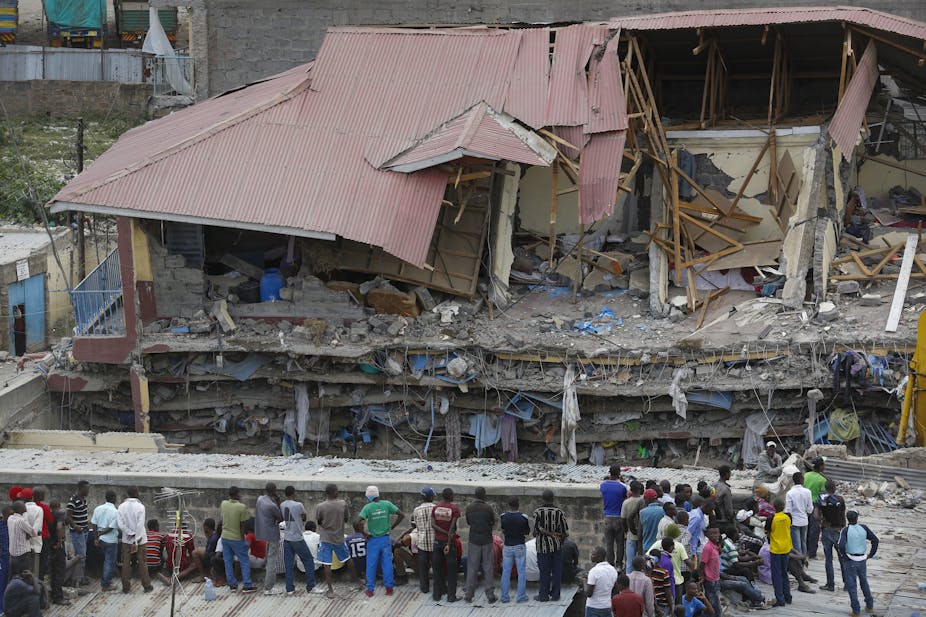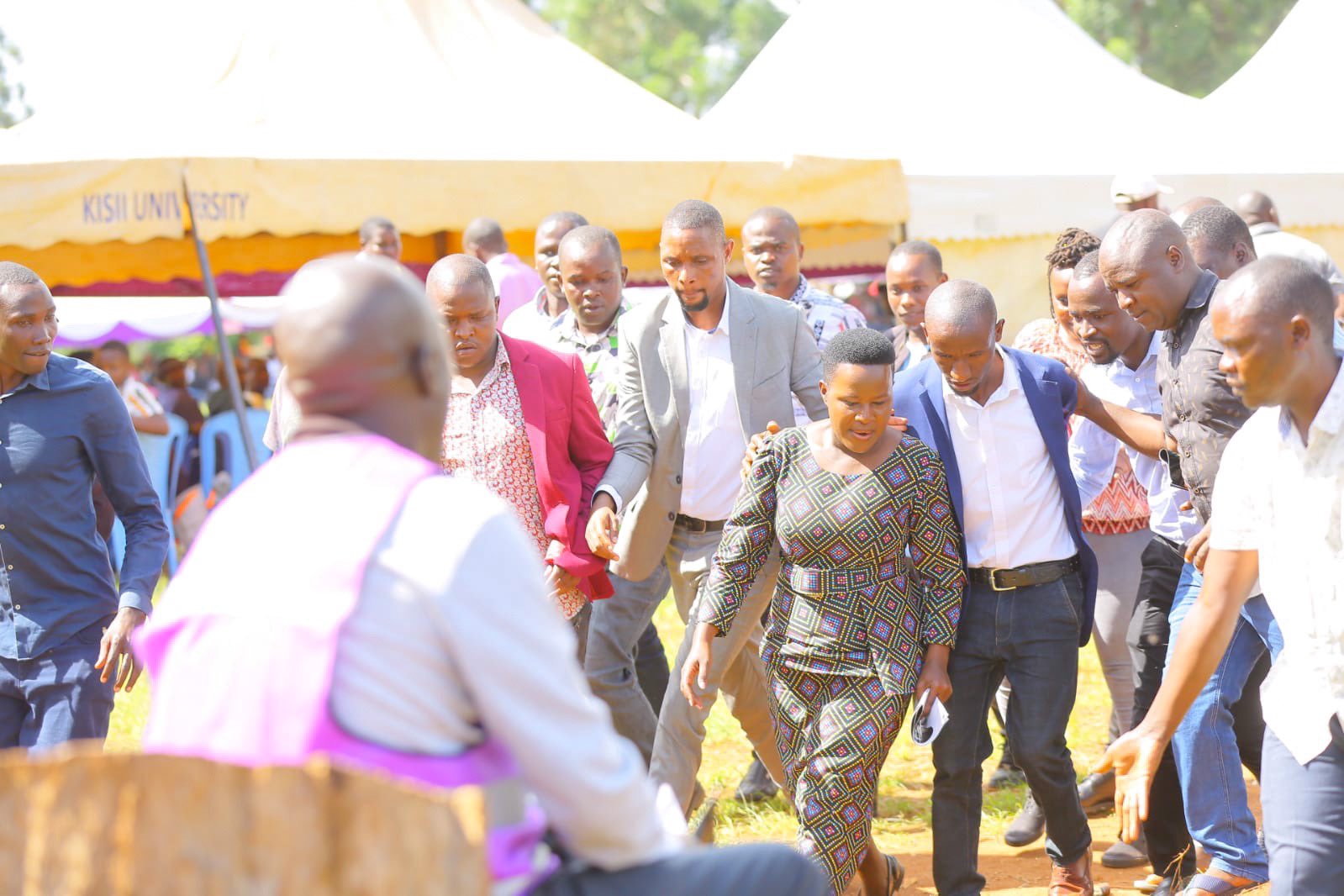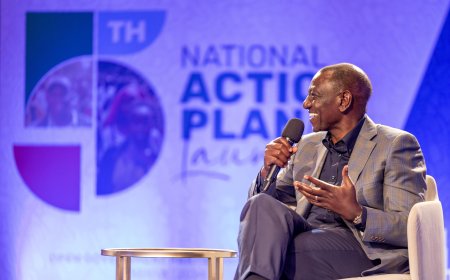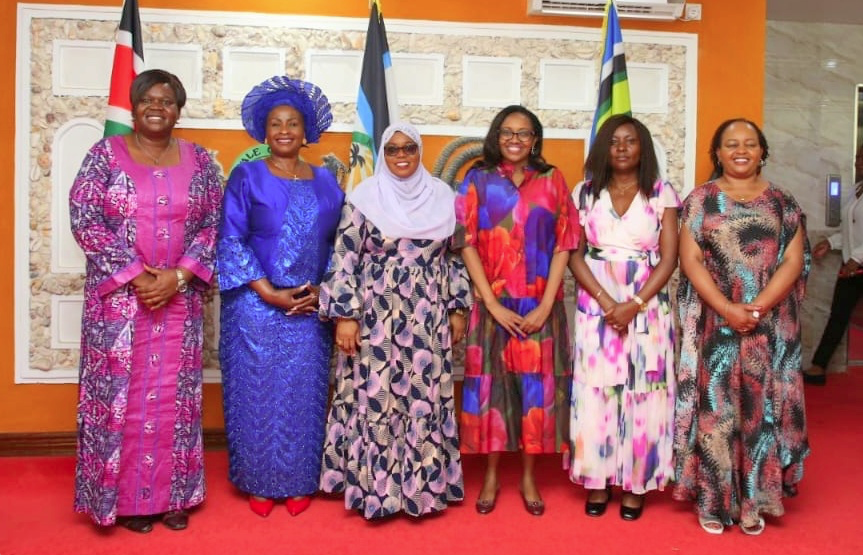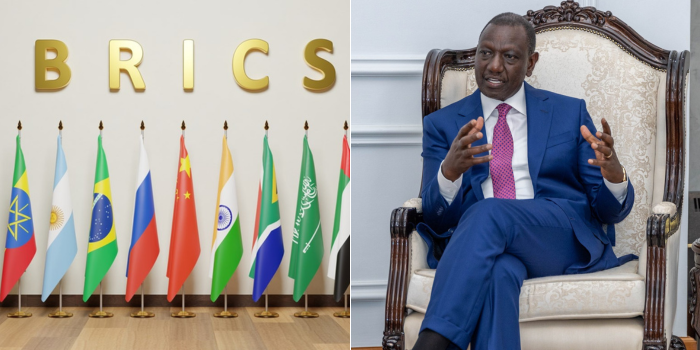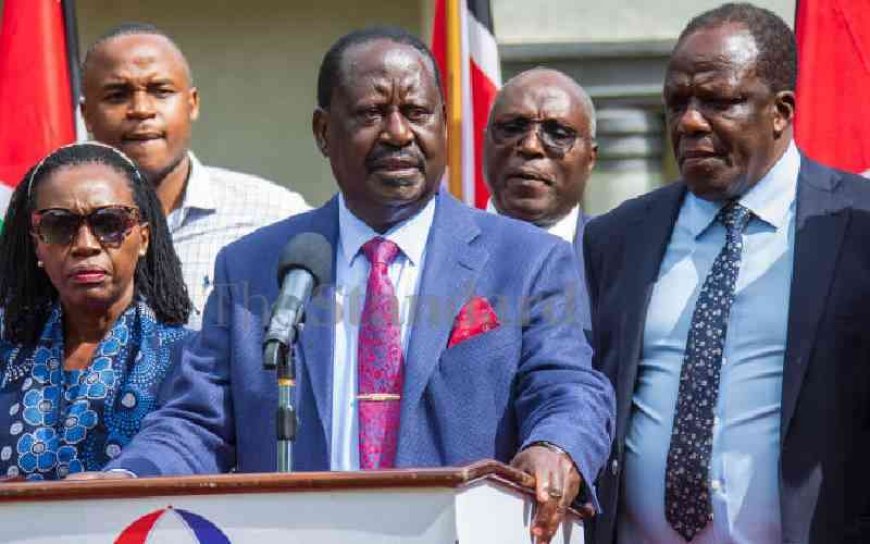Uhuru vs. Raila Odinga: Internal Struggles Threaten the Future of Azimio Coalition
The once united Azimio coalition led by Uhuru Kenyatta and Raila Odinga is now facing internal turmoil. This article delves into the leadership disputes, rising tensions, and potential fragmentation within the coalition, examining the implications for the future of Kenyan politics. As coalition partners consider their options, the future of Azimio hangs in the balance. Explore the rising tensions between Uhuru Kenyatta and Raila Odinga within the Azimio coalition. Understand the internal conflicts, leadership disputes, and potential implications for Kenya's political landscape.
The political landscape in Kenya is witnessing a significant shift as former allies Uhuru Kenyatta and Raila Odinga find themselves embroiled in a public dispute. Once united under the banner of the Azimio coalition, the relationship between these two prominent figures now appears strained, leading to questions about the future of their political alliance. In this article, we will explore the dynamics of this conflict, the implications for the coalition, and what lies ahead for the involved parties.
The Rise of Tensions Within Azimio
In recent times, the political camaraderie that once existed among members of the Azimio coalition has deteriorated. Key figures such as Jeremiah Kioni, Raila Odinga, and Martha Karua, who previously stood together at rallies to challenge President Ruto, are now at odds. The coalition that once aimed to present a united front against the current administration is now plagued by internal strife.
Following Raila Odinga's claim that Uhuru Kenyatta sanctioned his formation of a coalition government with President Ruto, Uhuru responded by calling a full Azimio meeting. This move was seen as a direct challenge to Raila's leadership within the coalition, leading to further discord among the members.
Leadership Disputes: Who Holds the Power?
The crux of the conflict lies in the question of leadership within the Azimio coalition. While Uhuru Kenyatta, as the chairman, believes he can convene meetings, key figures from the ODM party argue that only Raila Odinga, as the coalition's leader, and Junet Mohammed, the Secretary-General, have the authority to do so. This disagreement has led to a significant power struggle within the coalition.
- Gladis Wanga, Rosa Buyu, and Osotsi: These ODM leaders have openly contended that Uhuru lacks the authority to convene an Azimio meeting, insisting that any such gathering must include ODM's participation for it to be legitimate.
- Junet Mohammed's Role: As the Secretary-General of Azimio, Junet Mohammed’s approval is deemed essential for any coalition meeting to take place.
This internal conflict highlights the ongoing struggle for dominance within the Azimio coalition, with ODM members flexing their political muscles and asserting their influence.
Frustration Among Coalition Partners
------------------------------------
As the situation develops, frustrations among the coalition partners are becoming increasingly evident. ODM's leadership has expressed their unwillingness to capitulate without a fight. They are determined to maintain their position and influence within the coalition, which they believe is essential for their political survival.
The situation is reminiscent of past political struggles, where parties have attempted to assert control over larger coalitions. The current dynamics within Azimio raise questions regarding the future viability of the coalition and whether it can withstand the pressures of internal dissent.
The Case for Independence
Some coalition partners are beginning to recognise the necessity of breaking away from ODM's shadow. The argument is gaining traction that they should establish their own political parties rather than rely on ODM for survival. This sentiment echoes the experiences of President Ruto, who previously fought to control the Jubilee party but ultimately left to form UDA when it became untenable.
- Lessons from Jubilee: Ruto's experience serves as a cautionary tale for coalition partners who may be overly reliant on ODM.
- The Need for Autonomy: Forming independent parties could provide a pathway for coalition partners to regain their political agency.
Exit Strategies: A Way Forward?
As tensions continue to rise, some coalition partners are exploring exit strategies from the Azimio coalition. Martha Karua's recent actions demonstrate a proactive approach to exiting the coalition, having formally notified the Secretary-General of her party's intention to leave. This move underscores the importance of adhering to established processes when navigating political transitions.
Other coalition partners, such as Jubilee and Wiper, are encouraged to consider similar steps. The reluctance of some, particularly Kalonzo Musyoka, to leave the coalition raises concerns about their political future. Despite expressing loyalty to Raila, the ongoing internal disputes may ultimately necessitate a reevaluation of their alliances.
Understanding the Exit Clause
The exit clause within the coalition agreement is crucial for any party wishing to leave without facing repercussions. It typically requires a formal notification followed by a designated period for ratification. This process ensures that all parties are aware and can prepare for the changes ahead.
- Importance of Communication: Clear communication among coalition partners is vital to prevent misunderstandings and further conflicts.
- Strategic Timing: Timing the exit appropriately can mitigate backlash and allow for smoother transitions.
The Implications of Internal Conflict
The ongoing disputes within the Azimio coalition pose several implications for the political landscape in Kenya. As the internal strife escalates, it raises questions about the coalition's unity and effectiveness in opposing the current administration. The potential fragmentation of the coalition could lead to a significant shift in the political balance.
Furthermore, the public nature of these disputes may influence voter perceptions and trust in the coalition. A fractured alliance may struggle to present a cohesive front, diminishing their chances of success in future elections.
Public Perception and Political Consequences
As the conflict unfolds, public perception will play a critical role in shaping the future of the Azimio coalition. Voter sentiment towards the leaders involved will heavily influence their political viability. Key considerations include:
- Trust and Credibility: The ability of leaders to maintain trust and credibility with their constituents will be paramount.
- Unity vs. Division: A perception of division may deter voters who prefer a united front against the current administration.
Conclusion: The Future of Azimio
The ongoing conflict between Uhuru Kenyatta and Raila Odinga, coupled with the internal disputes among coalition partners, has created a volatile political climate. As members of the Azimio coalition grapple with issues of leadership, authority, and loyalty, the future of their alliance remains uncertain.
Coalition partners must carefully consider their next steps, weighing the benefits of remaining within the Azimio coalition against the potential for greater autonomy and political agency outside of it. The path ahead will require strategic decisions, clear communication, and a willingness to adapt to the evolving political landscape.
As we move forward, the question remains: can the Azimio coalition reconcile its differences and emerge stronger, or will the internal conflicts lead to its eventual dissolution? Only time will tell, but one thing is clear: the political drama in Kenya is far from over.
What's Your Reaction?







